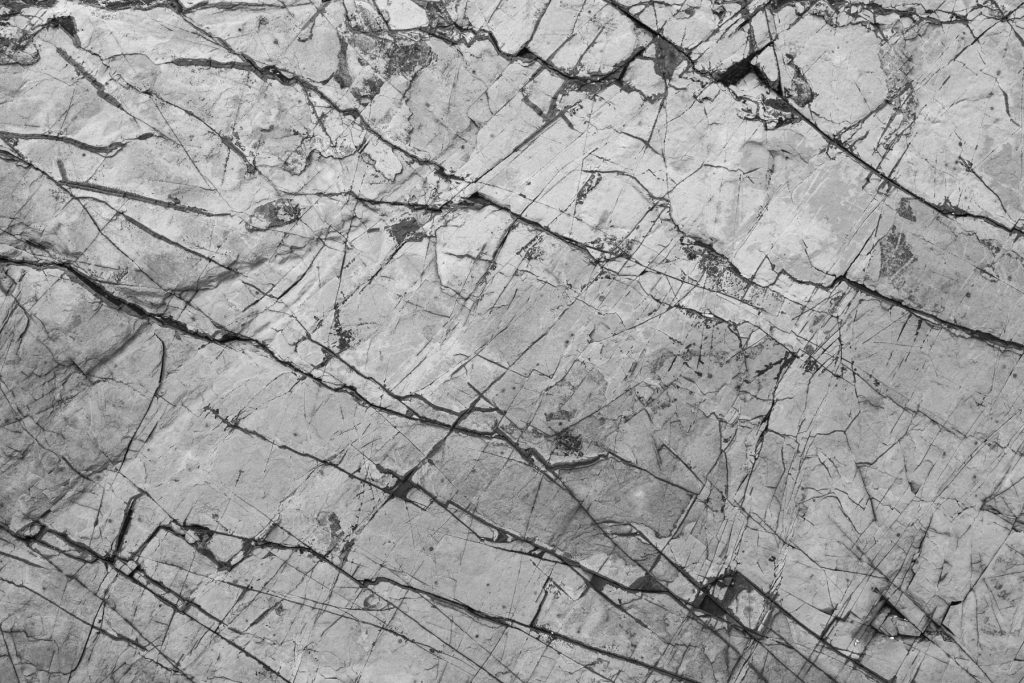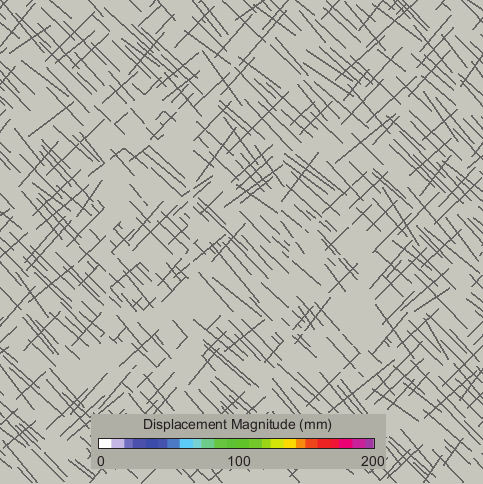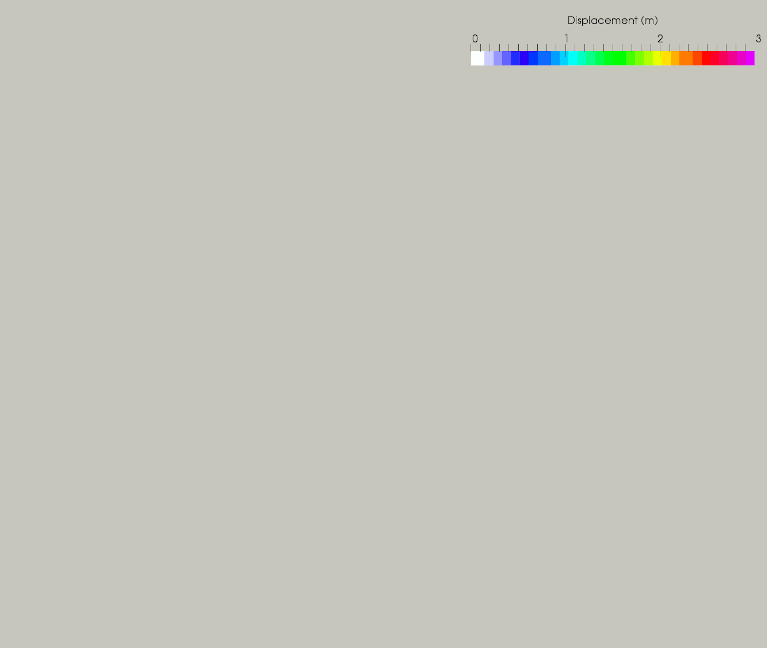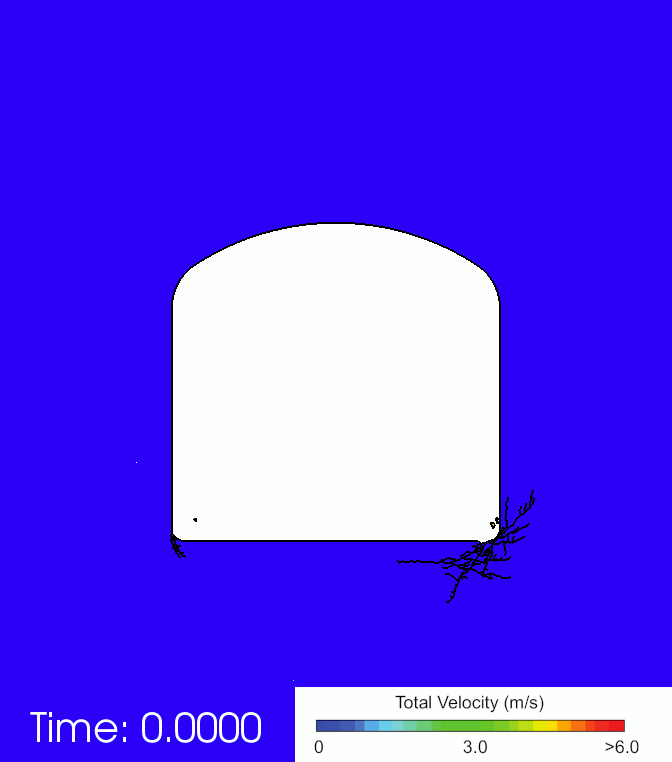THE CHALLENGE
- Conventional numerical methods used in rock engineering suffer from several limitations.
- Traditional continuum methods based on shear strength criteria do not correctly capture stress-driven fracturing in hard rock. Furthermore, these methods have limited ability to account for the translation, rotation, and interaction of rock blocks along rock mass discontinuities.
- Block-based discrete element methods explicitly represent joints by assuming them to be fully persistent. As such, they cannot capture the effect of intact rock bridges along existing joints or the creation of new blocks via fracturing.


THE SOLUTION
- Irazu can capture brittle-failure-driven processes and complex failure kinematics, together with a full representation of anisotropies and heterogeneities induced by natural joints and other geological structures.
- Key modelling capabilities include:
- Fracture-mechanics-based failure modes;
- Incorporation of an unlimited number of geological structures using Discrete Fracture Network (DFN) capabilities;
- Isotropic and anisotropic material models; and
- Dynamic modelling capabilities with flexible material removal options.
THE RESULTS
- Capture progressive fracturing and rock flow in block cave mining, including the analysis of fragmentation and cave propagation to understand and avoid potential production issues and predict the magnitude and extent of surface subsidence to assess risk to surface infrastructure.
- Simulate crack initiation and propagation processes associated with hazardous dynamic failure events (i.e., rockbursts). Predict the potential burst volume, trajectory, and ejection velocity to assess risk to mine personnel and equipment and aid in the selection of mitigation measures.

